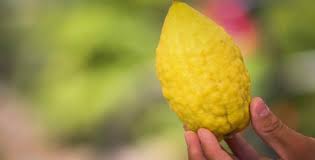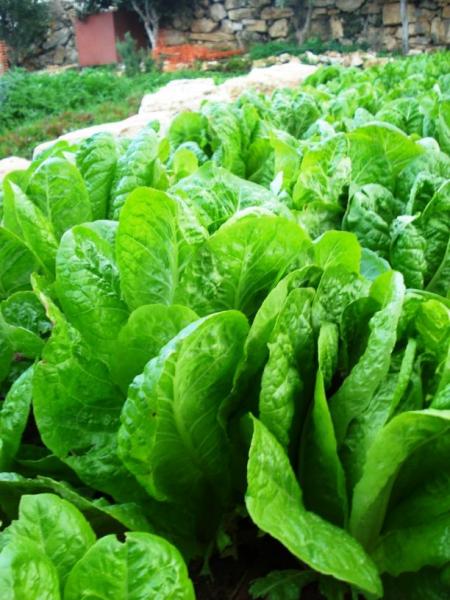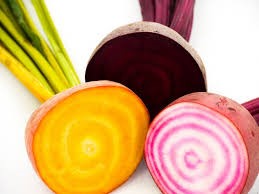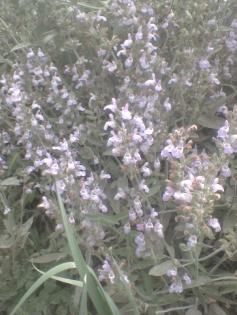There are fruits that remind me of the Family Heritage project I did at school – A branched drawing of all the family members, who is on who's side, who brought them into the world and who they brought in turn, and who they connected with.
That's how it is with the citrus family – Although the "Jaffa" symbol is well known and most recognizable with the fruits of Israel, alongside pictures of tanned pioneers wearing Tembel hats and holding crates loaded with orange oranges, the oranges were not always here. Initially there were four founding fathers of the citrus family: Etrog, Mandarin, Pomelo, and Papada. The pomelo and the mandarin made the bitter orange, and its cross with etrog – created the lemon.
The etrog carries with it controversy regarding it's heritage and origin – is it the fruit of the tree of knowledge? Is this the fruit that is mentioned in the Bible as "citrus fruit," or is it likely to be another fruit, while the etrog arrived later? As with any important matter, here, too, 2 Jews have 3 opinions. Some scholars believe that this is the only species of citrus fruit that was in the area during the Biblical period (seeds were found in Cyprus dating to the year 1200 BC), therefore the Bible certainly was referring to the etrog.
The Talmud supports this view, and further evidence that the etrog was known in Israel from ancient times can also be found in mosaics and art objects from these periods. Others argue, however, that the etrog is not among the trees that grew in the country in ancient times, because even today it requires additional irrigation and nurturing in order to grow here (hence, it is not a "local" tree that can survive on it’s own in the local climatic conditions).
Like many other fruits we see in the markets, the citrus family used to live here, too, as aliens in a foreign country. They came to us from the east, through Persia, with the exiles returning from the Babylonian exile period in order to establish the Second Temple and, most likely, the word "Etrog" came from the Persian word for it's name "turung". The first mention of etrog in Western writings is from the 3rd century BC, by a philosopher named Theophrastus who founded much of the botanical theory known to us today.
He called the etrog a "Persian apple". The etrog that we are used to seeing in the country is lemon-like, smooth or bumpy, yellowish or greenish. But in the East, it's homeland, it also appears in a much more picturesque version, called "Buddha's Hand" and looks like a little yellow octopus.
Compared to the other members of the citrus family, the etrog does not excel in juice, but it holds other important roles. First, as it is easy to see at any random walk through the markets recently as well as in shopping centers that sell the Four Species, the etrog is included: וּלְקַחְתֶּם לָכֶם בַּיּוֹם הָרִאשׁוֹן פְּרִי עֵץ הָדָר כַּפֹּת תְּמָרִים וַעֲנַף עֵץ עָבֹת וְעַרְבֵי נָחַל וּשְׂמַחְתֶּם לִפְנֵי ה' אֱלֹהֵיכֶם שִׁבְעַת יָמִים.
The Etrog takes an active role in the celebration of Sukkot, and holds the role of "both" – It has both scent and taste, so it is analogous to those people who have both Torah study and good deeds. After the holiday is over, there are those who use the etrog to make jam – A virtue for an easy pregnancy and an easy birth, there are those who use the peel to make candied citrus peel.
Several other uses, less common and familiar, for the etrog are common among communities that know its secrets: Ethiopian Jews used to use the tree branches – by exposing the fibrous inner part of the branch and rubbing it against the teeth and around the oral cavity to disinfect, refresh the breath and strengthen teeth. The Rambam recommended boiling the leaves of the etrog tree and using the liquid to relieve weakness, and using the etrog itself for treatment of animal bites and stings.
We have our "etrog man" from Mahane Yehuda, who spreads joy and etrog juice to make the people of Jerusalem healthier…
Yours,
Maggie's Garden Team
Forecast:
In the ORGANIC vegetable baskets we expect (draft only):
Cucumber
Tomato
Lettuce
Potato
Eggplant
Onion
Parsley
Pumpkin
Swiss chard
The LARGE organic vegetable baskets also include:
Butternut Squash
Coriander
Sweet potatoe
In the ORGANIC fruit baskets:
Red grapefruit
Orange
Banana
The large ORGANIC fruit baskets also include:
Dates – Brhai
Red pomelo
New! New! The ORGANIC Green Basket:
Swiss chard
Celery
Spinach
Basil
Dill
A kind of lettuce
Mint
Sprouts











